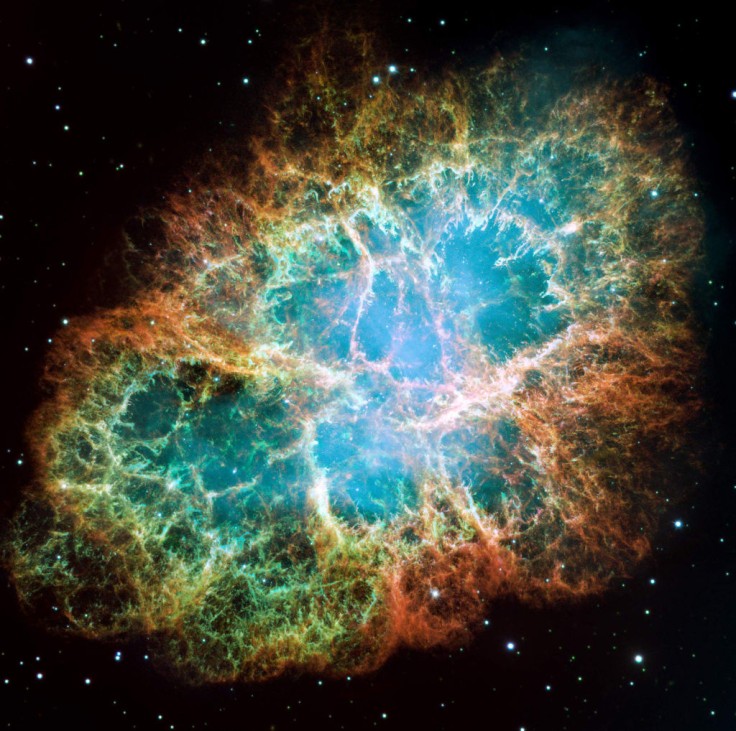
The NASA Hubble Space Telescope captured the nebula NGC 2392 in a stunning photo. Researchers converted the digital data through sonification, giving fans the chance to "listen" to the astronomical image.
Aside from visualization, researchers have searched for new ways to study space images and phenomena. This led to data sonification, where NASA Hubble videos and images get translated into sound.
Sonification gives researchers a new way of analyzing their data. It is worth noting that this new method allows the audience, especially the blind and visually impaired communities, to explore space with a different experience.
NASA Hubble Videos and Images: The Nebula NGC 2392
According to NASA, the NGC 2392 is a stunning nebula approximately 5,000 light-years away from Earth. It was formed after the massive explosion and death of a star similar to Earth's Sun.
The nebula has a fuzzy golden outer ring, which is actually a bunch of comet-shaped objects with their tails streaming away from the central star. Since the star blasted in all directions, this created a relatively circular-shaped explosion.
The white and yellow-orange bubbles inside the center are actually space materials being blown away by the star's stellar winds. Some gas components might also be mixed up in the center.
Arguably, this is one of the most fascinating and well-defined images of a dying star.
Read Also : NASA Hubble Camera Captures Nebula After Death of Star; Space Telescope Still Suffering from Glitch
Hubble Space Telescope and Image Sonification
For this sonification, NASA researchers scanned the image like a radar reading. Its radius started at the central top and moved in a clockwise direction.
Researchers used the radius to represent sound pitch, so the farther the light gets from the center, the higher its pitch gets. This is evident in the nebula's shell, which rises or falls depending on the comet's tail length. The brightness of the image represents the volume. This means the brighter the area, the louder the sound gets.
The NASA Hubble Space Telescope Twitter posted the 32-second sonification reading of the nebula on Twitter.
🎵 The mysterious nebula NGC 2392 comes to life through the process of sonification!
— Hubble (@NASAHubble) November 5, 2021
Sonifications help us understand the data in images by representing information as sound. Listen to more Hubble sonifications here: https://t.co/LCAOzG5l2n#NebulaNovember pic.twitter.com/9lrhOLox4T
NASA Sonification: The Sound of Baby Stars
It is worth noting that NGC 2392 is not the first space phenomenon to get a sonification reading. NASA also shared sonification readings for the star cluster Westerlund 2 and supernova remnant Tycho.
Westerlund 2 is a cluster of young stars forming within a thick cloud of space material. Its sonification features sounds relating to bells and strings, which got associated per star in the image.
On the other hand, Tycho features colorful space clouds for different elements, like red for iron, green for silicon, blue for sulfur. This image used a different sonification strategy, starting from the middle, which slowly expanded outside.
Full details for these two sonification, including the video clip of their sounds, are available in this article.
Related Article: NASA Skywatching Guide November 2021: How to Spot Moon Glide, Jupiter and Saturn's Date, Return of Winter Stars









